Here you can find the photos of the winners of this year's “European Treasures of Nature” photo competition, which was organised in cooperation with ‘natur’ magazine, Gelsenwasser AG and the photoshop "Lichtblick" in Constance. This year, participants from almost 50 countries submitted around 3000 pictures of animals, plants and landscapes in Europe. Many of them impressively beautiful. And so it was no easy task for the jury to choose the winning pictures.
A big thank you to all photographers for taking part!
Note: Due to equal scores from the jury, there are two sixth and two ninth places.
Tip: Click on pictures for a larger view.
War and Peace
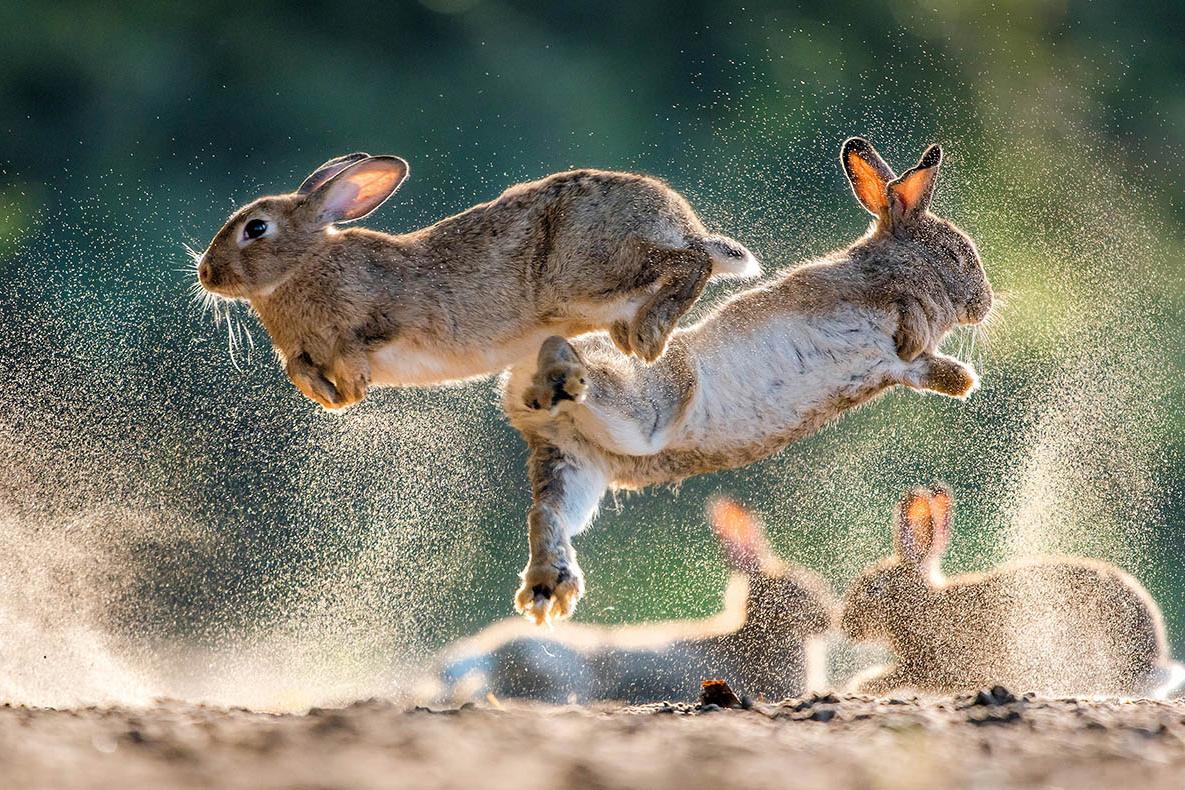
1st place: War and Peace
© Csaba Daroczi1st place: Csaba Daróczi
Pure power. Two male wild rabbits fight tooth and nail for their territory. The animals live in large colonies and are not particularly squeamish - especially when they fight over a female. The photographer discovered this colony by chance in Kiskunság National Park in Hungary and was so impressed that he laid in wait with his camera between March and October. He wanted to capture as many scenes as possible of the wild rabbits' lives.
Evasive manoeuvre
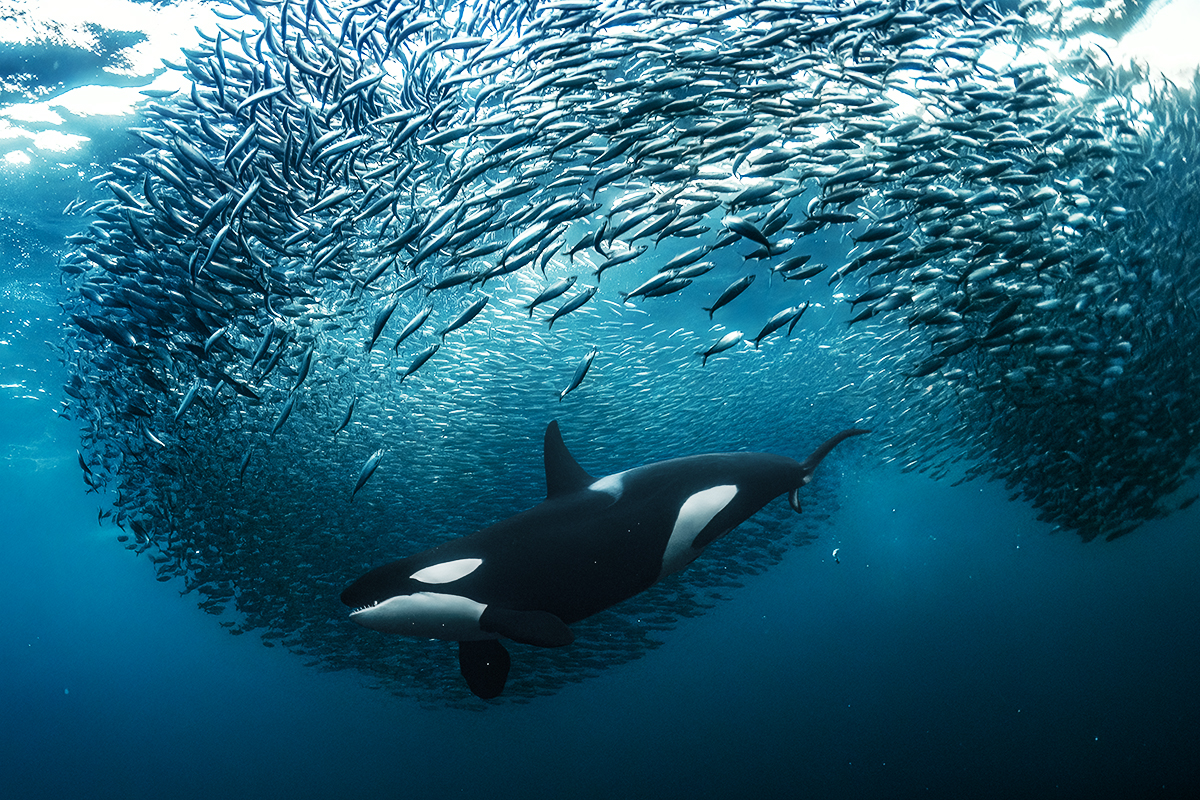
2nd place: Evasive manoeuvre
© Andy Schmid2nd place: Andy Schmid
Swarm intelligence protects many animals from their predators. But if the predator itself is highly intelligent, it is of little use. Orcas work together strategically to bring herring from the depths to the surface, where they can more easily prey on them. This school of fish tries to avoid the female orca, but the turning manoeuvre came too late for one of the herring.
Bathed Green Woodpecker
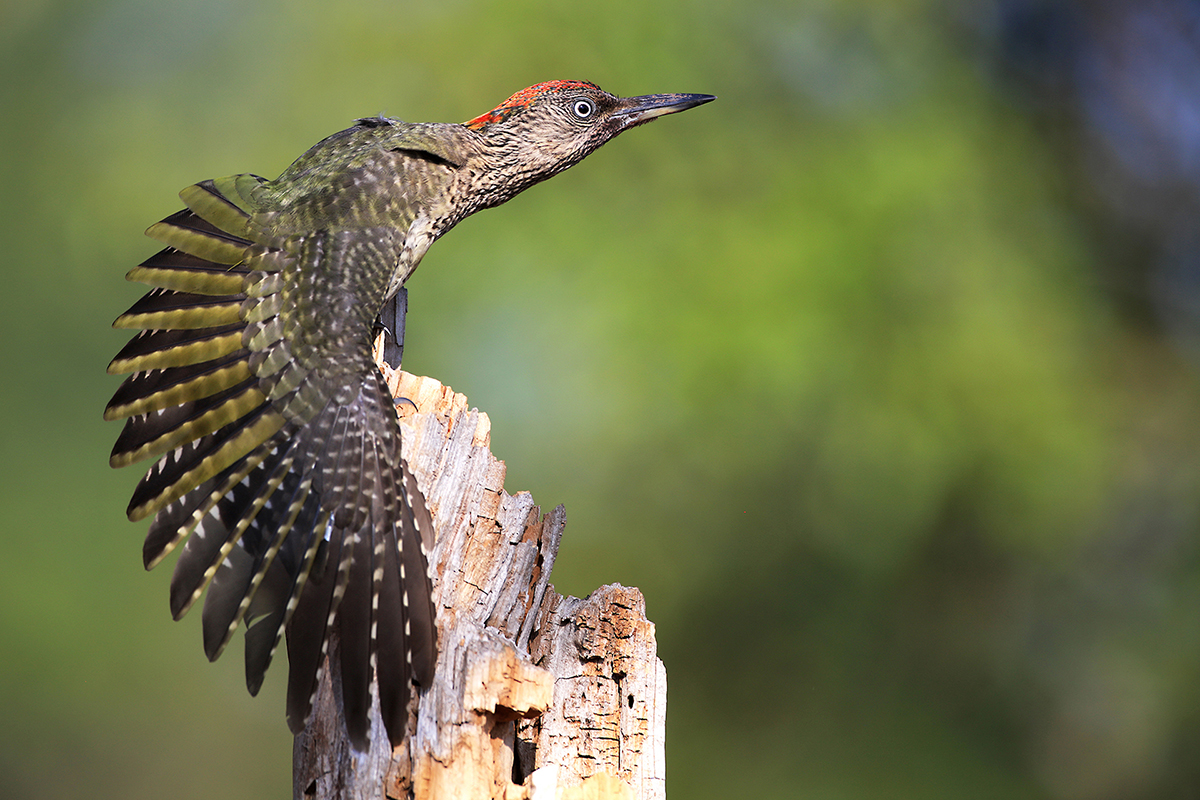
3rd place: Bathed Green Woodpecker
© Konrad Funk3rd place: Konrad Funk
To be able to capture a green woodpecker so relaxed with the camera is a stroke of luck. Older birds, in particular, are extremely shy. On that summer day, it was so hot that this young woodpecker forgot everything around it and bathed in a bird bath in front of the photographer. Afterwards, the animal took its time to let the sun dry its wings. Click!
One beak - many legs
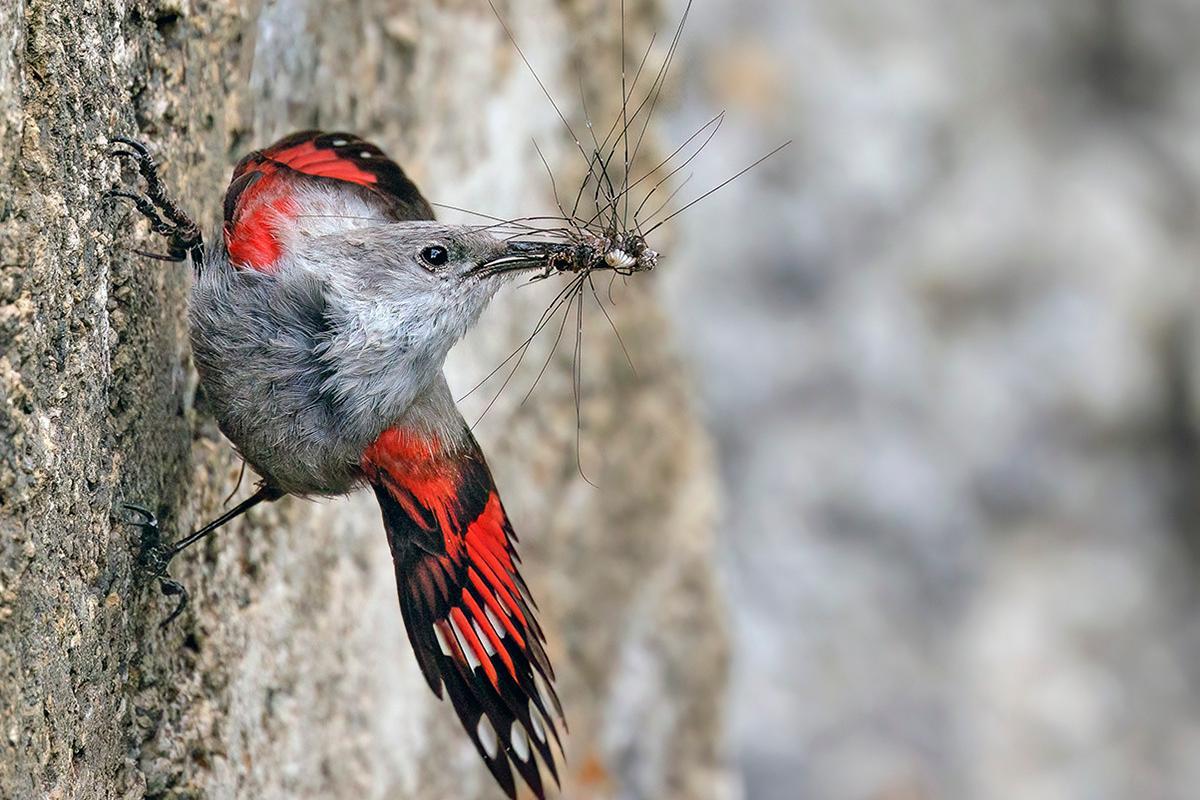
4th place: One beak - many legs
© Luciano Casagranda4th place: Luciano Casagranda
With their bright red wing covers, wallcreepers are easy to observe - one would think. In fact, it is a great art to spot the otherwise rather inconspicuous bird on the grey rock faces of its alpine habitat. This specimen obviously has hungry young in its nest. For the little ones, spider food is - unmistakably - on the menu.
Fat as protection against the cold
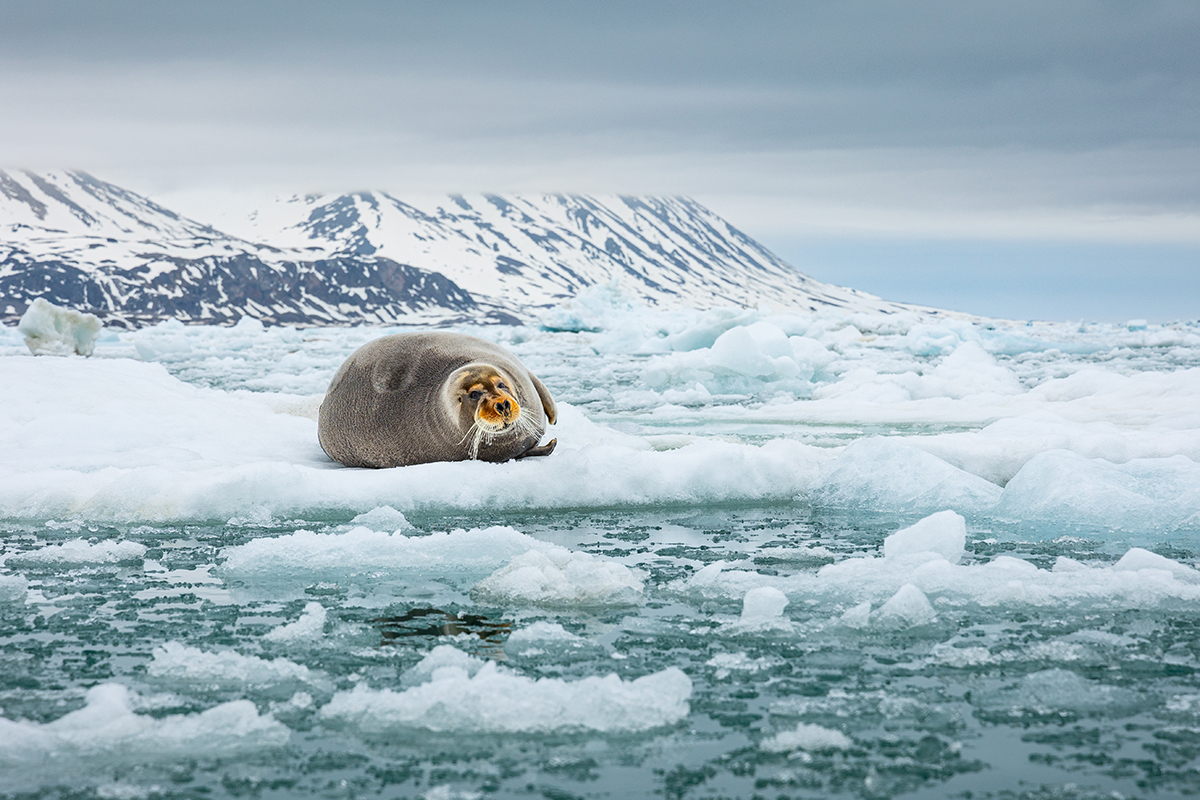
5th place: Fat as protection against the cold
© David Oberholzer5th place: David Oberholzer
Europe's nature also looks like this: In June 2022, the photographer took this picture of a bearded seal on the Norwegian island of Spitsbergen. The animal's long white whiskers give it its name. Bearded seals are the heaviest Arctic seals and weigh up to 360 kilograms. The high proportion of fatty tissue protects them from cold temperatures.
Serenity in a winged rush
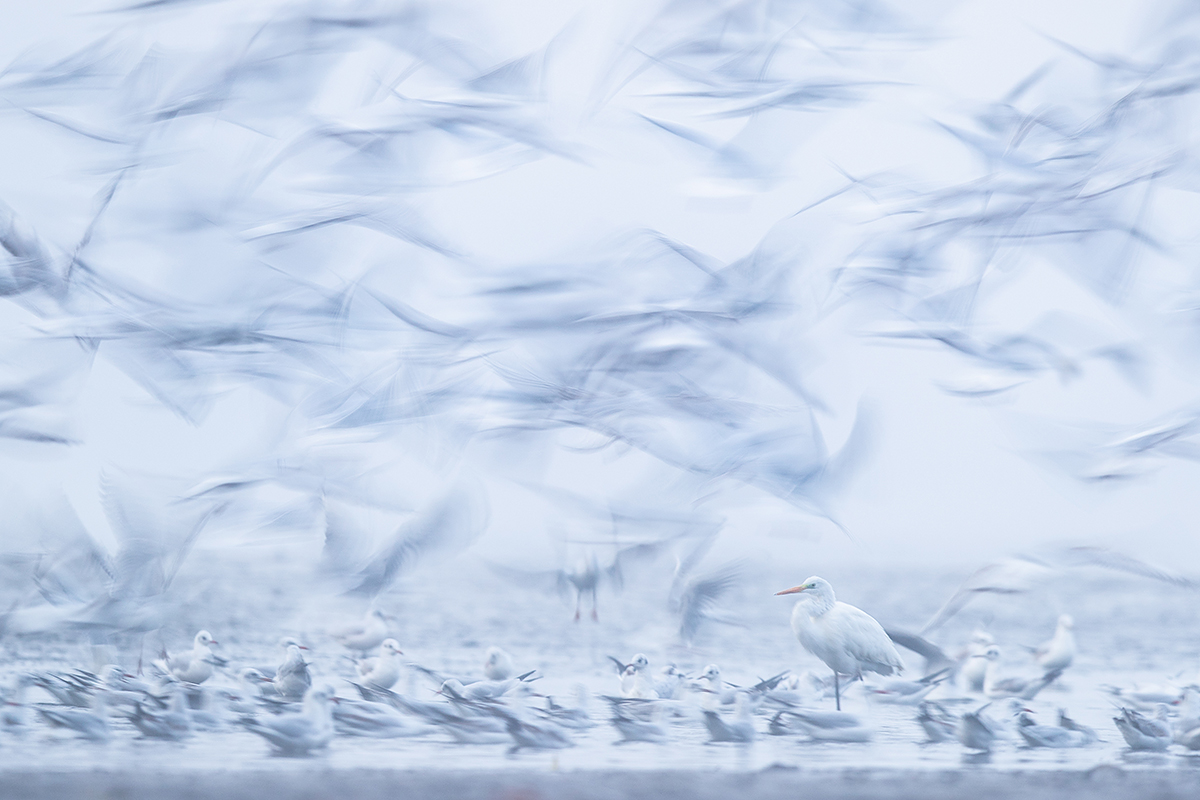
6th place: Serenity in a winged rush
© Mateusz Piesiak6th place: Mateusz Piesiak
Every autumn, the Bartsch Valley in Lower Silesia is a popular resting place for waterfowl. Frequently observed are, among others, Great Egrets and Black-headed Gulls, which could hardly be more different in their behaviour. The egret, almost stoically lying in wait for its prey, and the hectic seagulls form a contrast that the photographer was able to capture artistically by using a long exposure time.
Departure
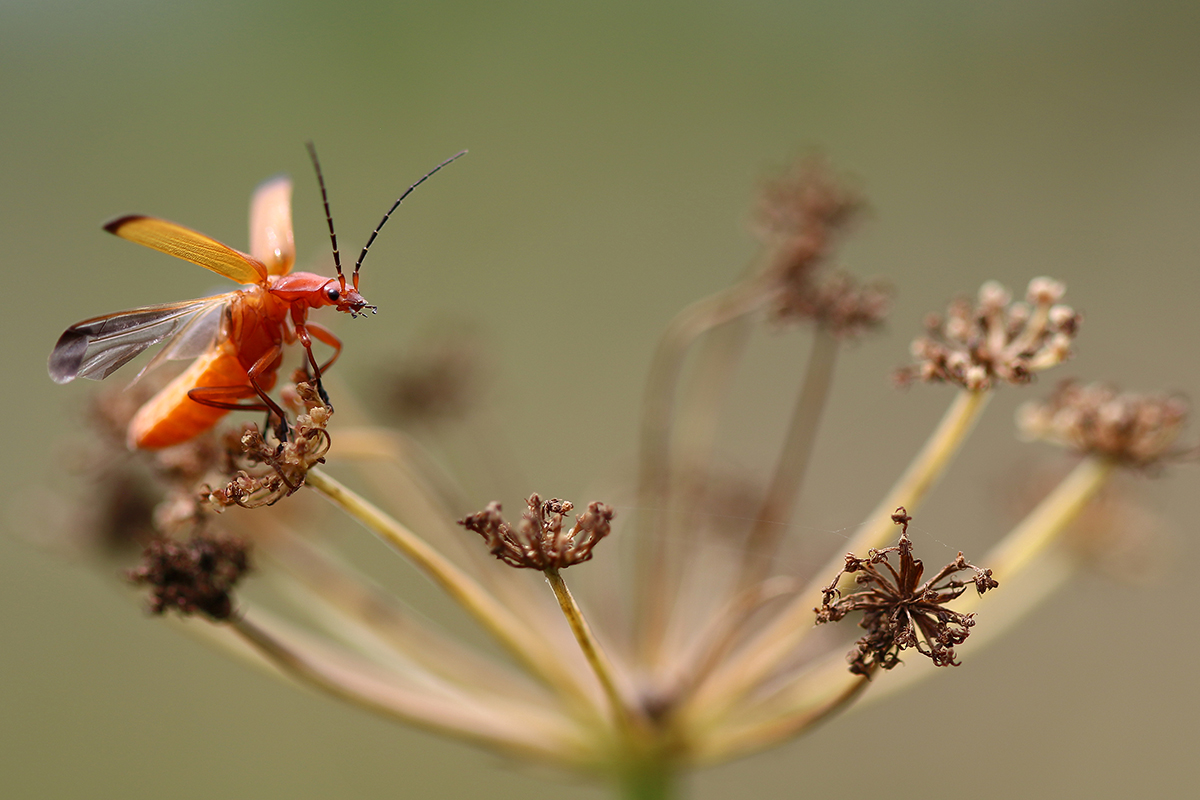
6th place (2): Departure
© Guilherme Limas6th place (2): Guilherme Limas
Cold starts are impossible for beetles like this one. It is one of those rather hot-tempered contemporaries that only become ready for take-off when they reach a certain operating temperature. This specimen also spent the morning hours preparing for the day. By moving its flight muscles, it pumped the missing heat into its small body. Only then did the beetle take off into the Portuguese morning sky. The macro captured the magical moment.
Supposed romantic
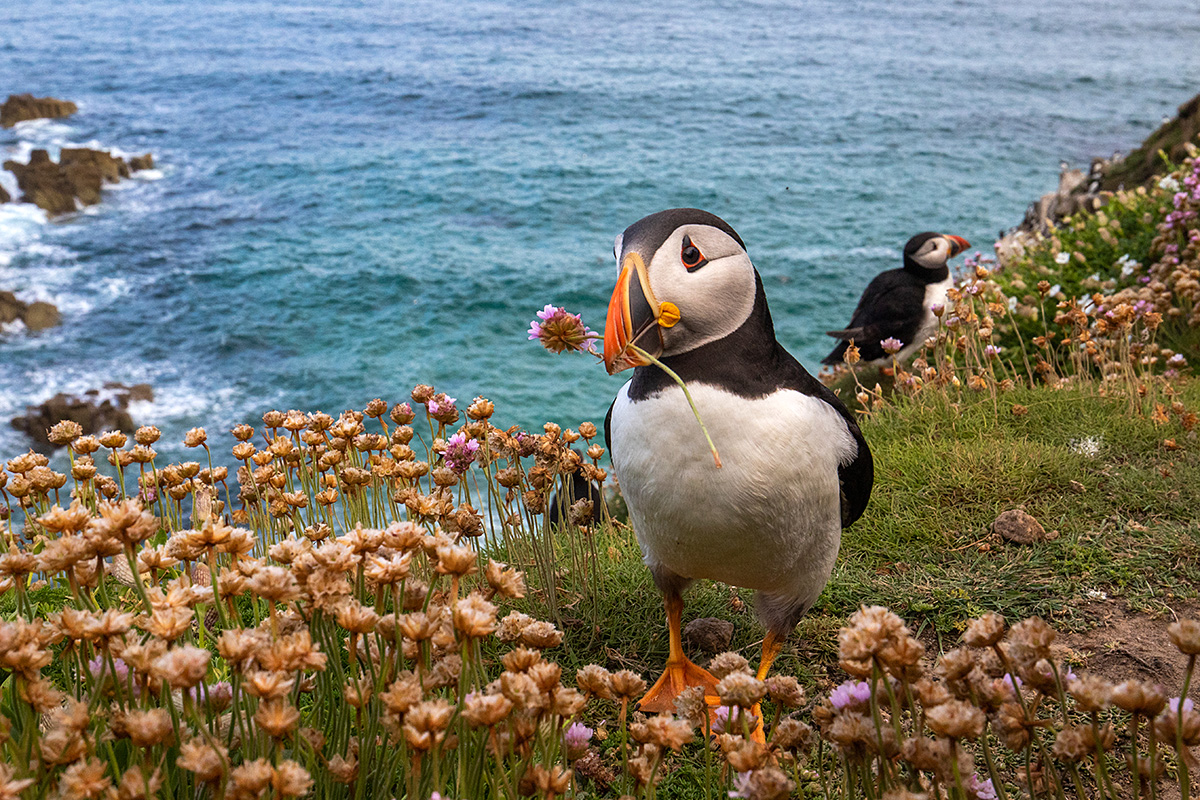
8th place: Supposed romantic
© Oscar Diez8th place: Oscar Diez Martínez
This puffin poses like a gallant: has he or she picked a flower for their sweetheart? Probably not, because a beak full of sand eels would go down much better with the puffin partner than a flower greeting. But these and other prey fish have become rare or are migrating to colder ocean regions. Too often, puffins return from their dives with empty beaks.
Playful scuffle
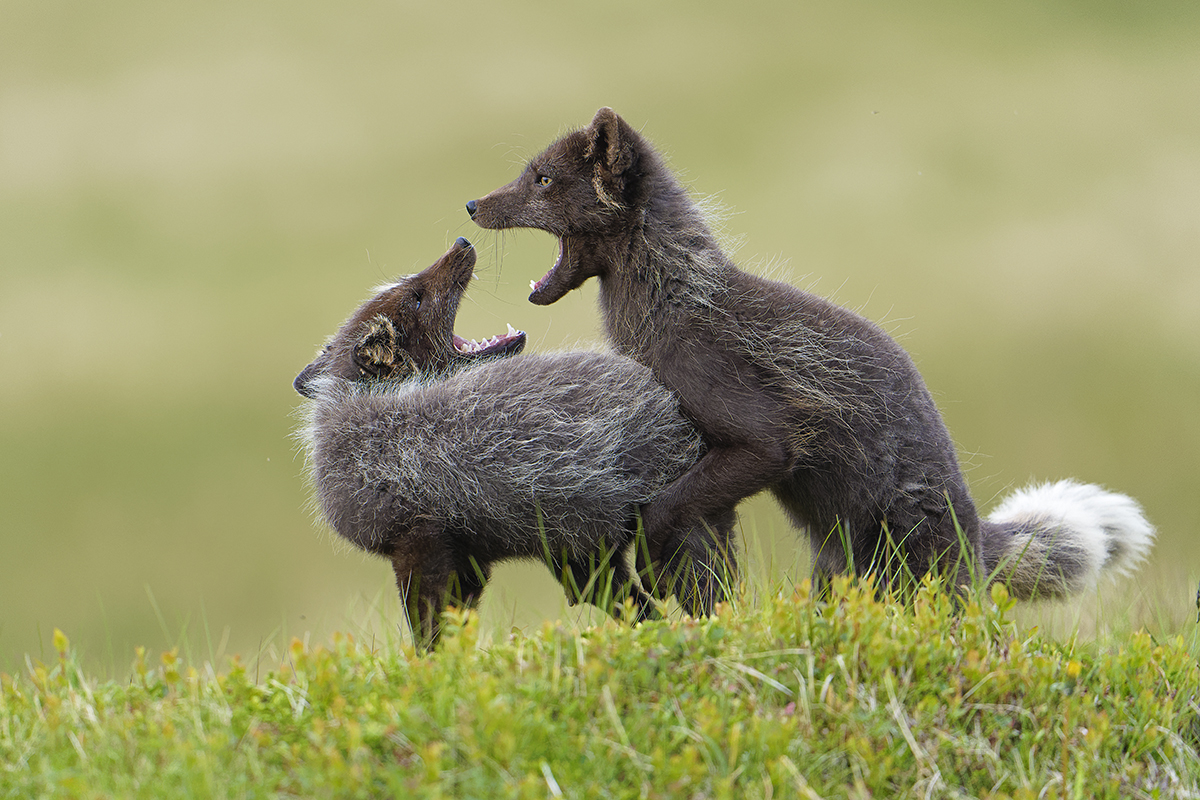
9th place: Playful scuffle
© Philippe Drauge9th place: Philippe Drauge
Arctic foxes are hunted in Iceland, except on the Hornstrandir Peninsula in the far northwest of the country. Therefore, the animals are much less shy there than elsewhere, which makes them popular photo subjects. These two young arctic foxes in their summer coats were not disturbed by the photographer either.
Autumn scene with springtail
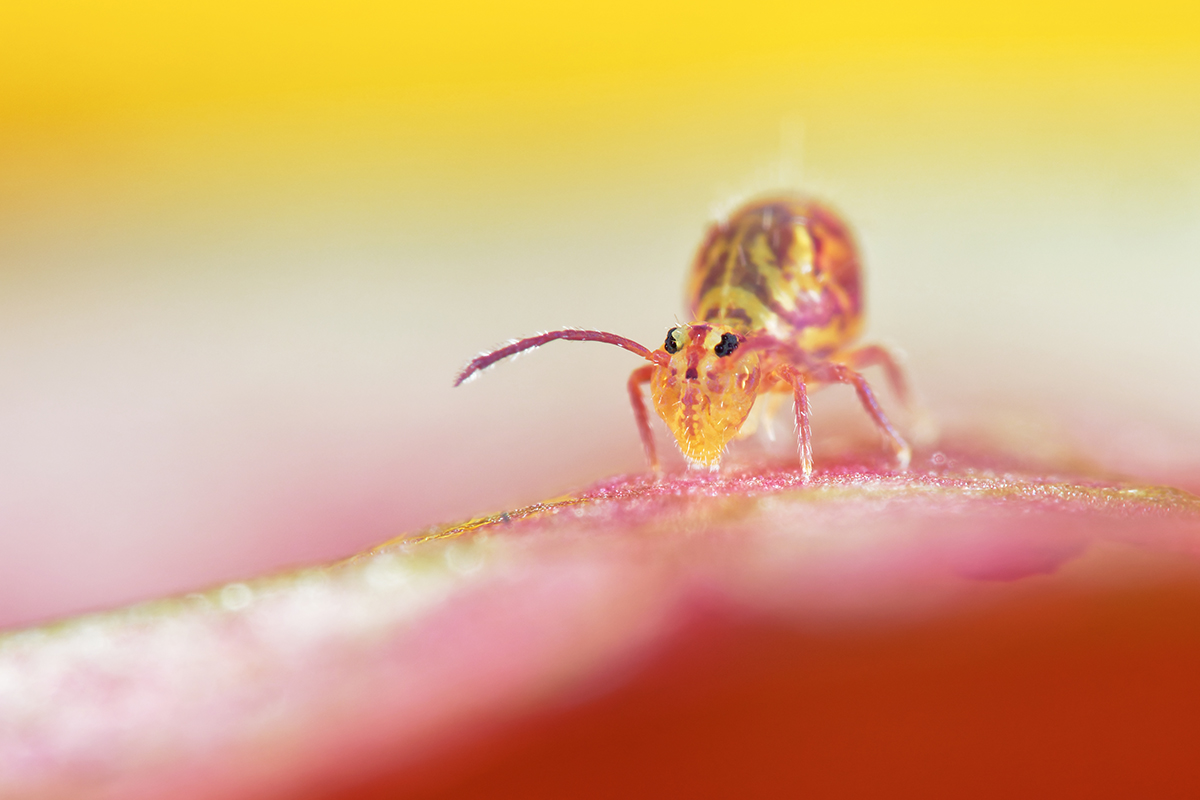
9th place (2): Autumn scene with springtail
© Anne Hellings9th place (2): Anne Hellings
Tiny, teeming and terribly important. Springtails are difficult to see with the naked eye, yet the ground is swarming with them. The little animals transform dead plant parts into fertile humus. As they are only a few millimetres in size and very active, it is a challenge to photograph them. Their jumping fork makes them shoot up several centimetres from a standing position and flee from possible predators. This specimen held still long enough to merge with the autumn colours of a fallen leaf to create a work of art.
Pseudo hummingbird
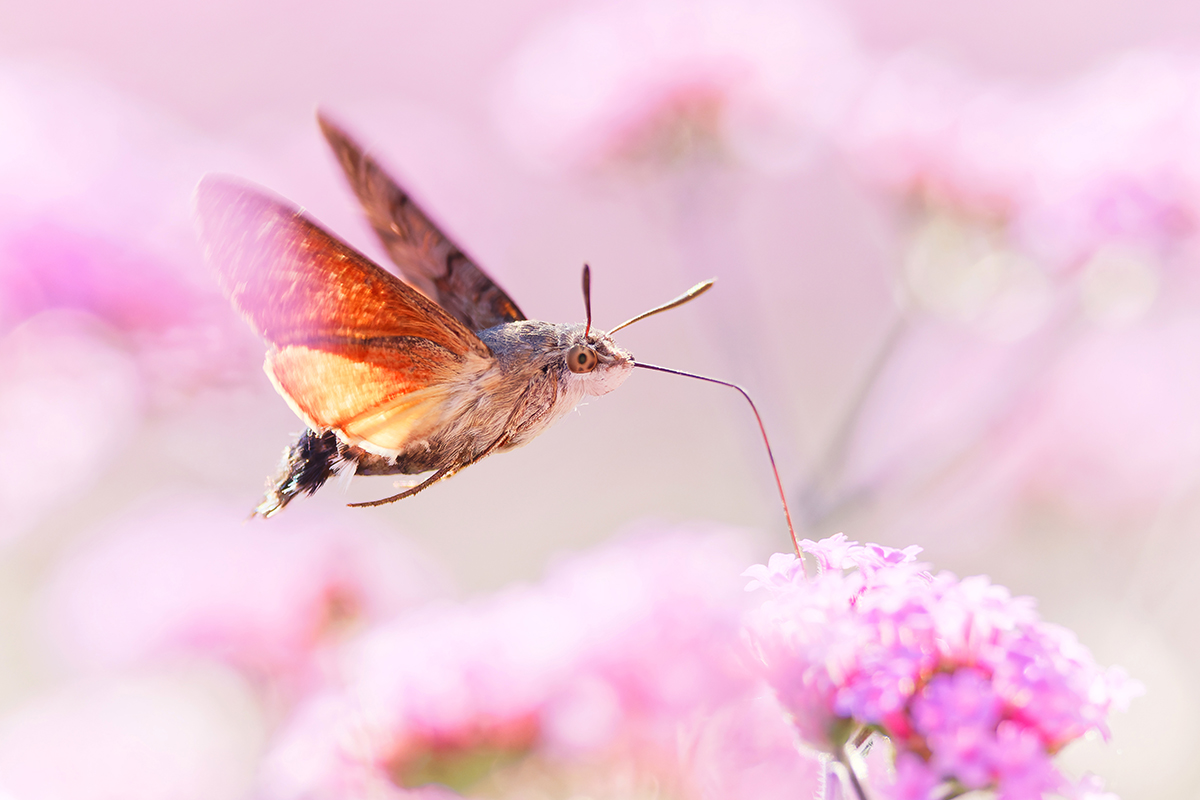
11th place: Pseudo hummingbird
© Marc Brouwer11th place: Marc Brouwer
If you see a supposed hummingbird sucking nectar on a plant in your garden, it is most likely a hummingbird hawk-moth. The squat, hairy moths with large eyes are known for their striking buzzing flight, which looks very much like that of a hummingbird. Last summer, the hawk-moth with the long proboscis was observed more often than usual in Central Europe.
Taxi to...
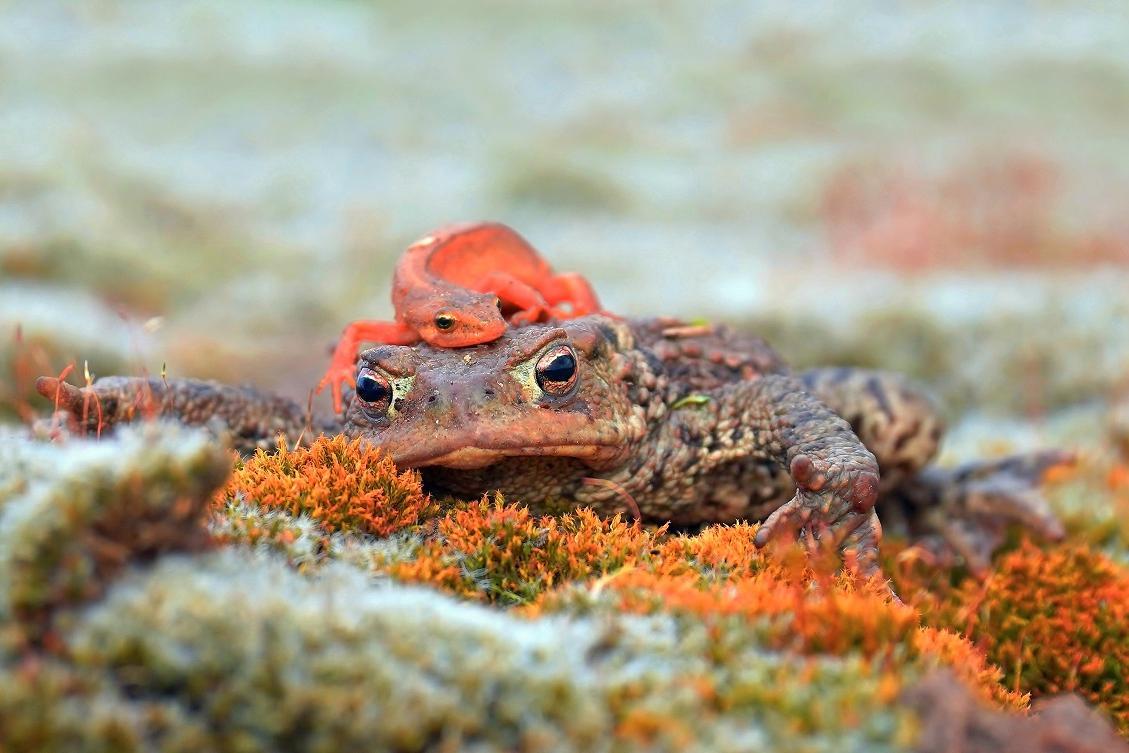
12th place: Taxi to...
© Lutz Klapp12th place: Lutz Klapp
Lutz Klapp's breath caught in his throat when this unusual pair came out of the forest towards the lens of his camera. Wearing a camouflage suit, the photographer was lying at the Schwarzenbörner pond in northern Hesse to photograph common toads on their migration. Then this! It was not a male common toad sitting on the female, but a red newt. How this happened remains a mystery, but apparently, the animal used the toad as a taxi and thus saved energy.
Buying the calendar
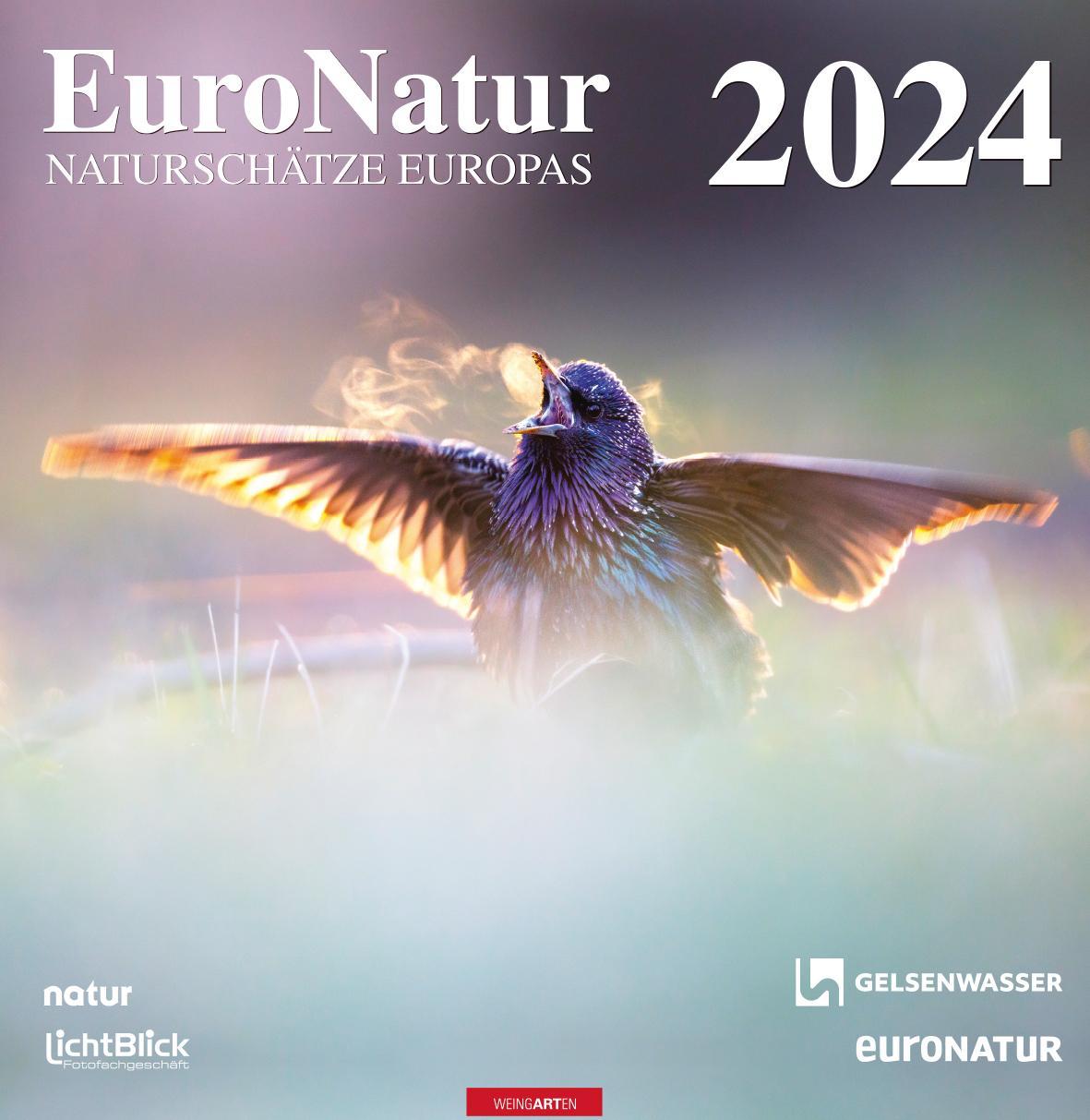
The 12 prizewinning pictures for this year’s competition can also be admired in our large format wall calendar ‘EuroNatur – Europe’s Natural Treasures 2023’, which can be ordered exclusively from EuroNatur-Service GmbH. Available for delivery from October 2022.
To the Webshop
Participate again
In December 2023, details of how to enter our next “European Treasures of Nature” photography competition will appear on this page.
Information about our 2024 nature photography competition will also be featured in our newsletter and on social media.
Subscribe to our newsletter
Visit us on Facebook, Twitter, Instagram and LinkedIn.


